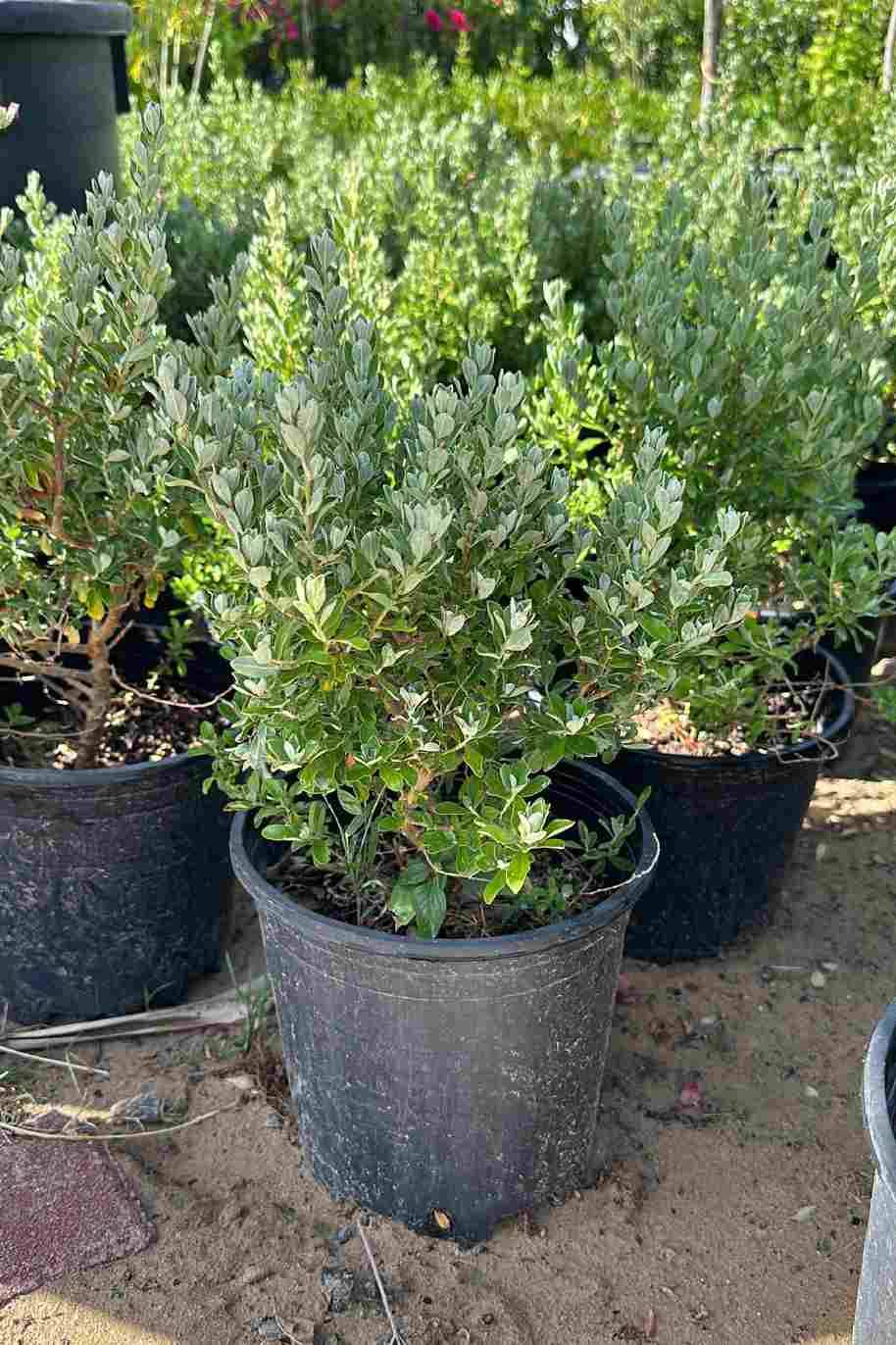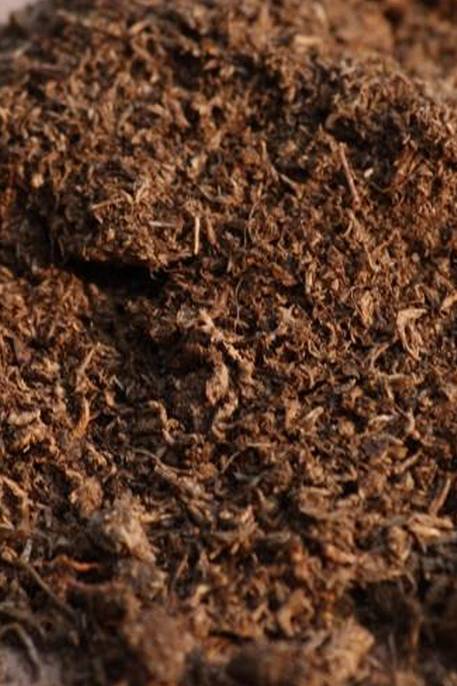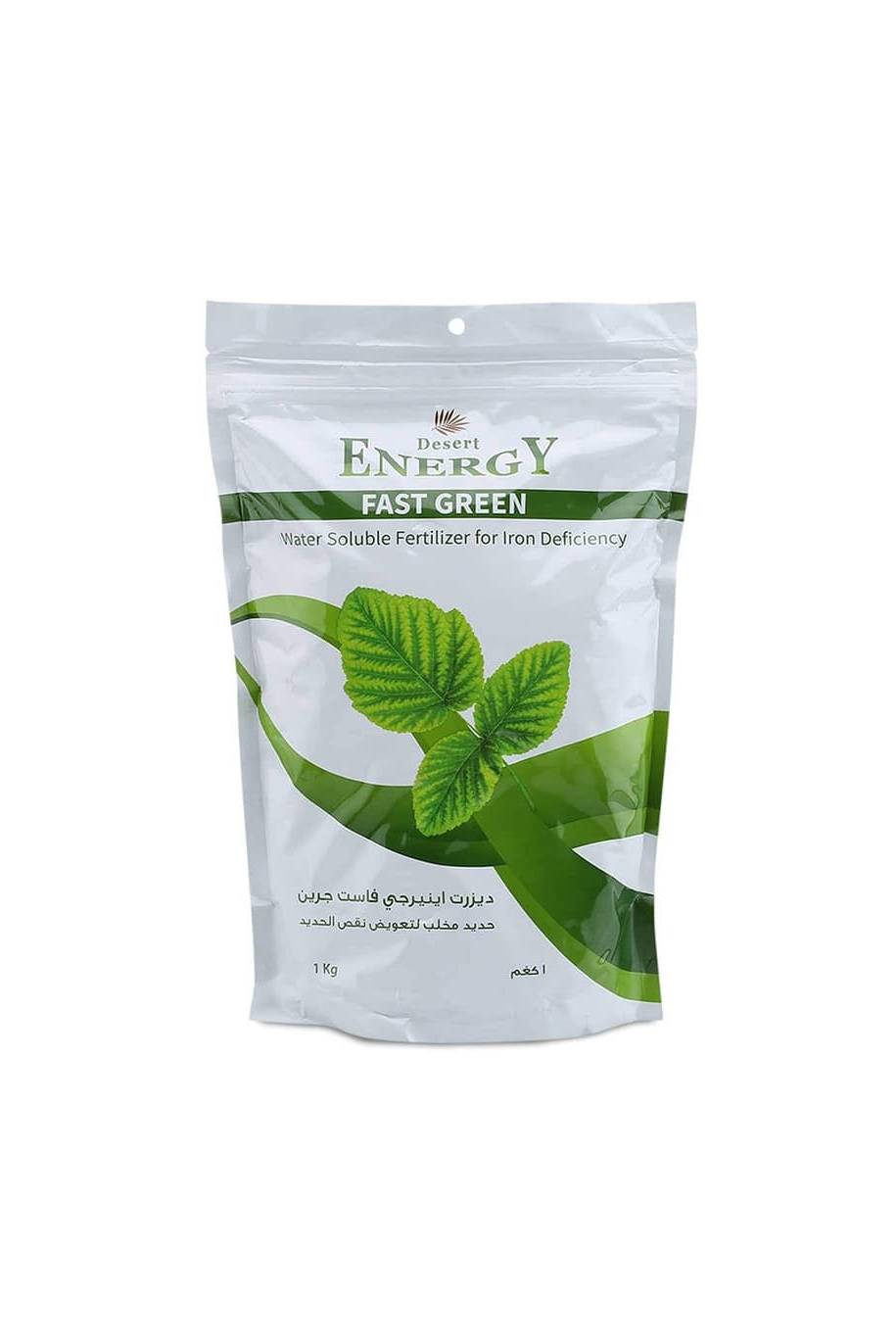Plant Bio
Leucophyllum frutescens, commonly known as Texas Sage or Texas Ranger, is a desert shrub native to the southwestern United States and northern Mexico. It is known for its attractive silvery-gray foliage and showy, bell-shaped purple or lavender flowers. Here is a description and care guide for Leucophyllum frutescens:
Description:
Size: Leucophyllum frutescens is a small to medium-sized shrub that typically grows to a height and width of 3 to 6 feet (0.9 to 1.8 meters). It has a dense, rounded or mounded shape with multiple branches.
Leaves: The leaves of Leucophyllum frutescens are small, narrow, and covered with fine hairs that give them a silvery-gray appearance. The leaves are evergreen in mild climates but may drop during extreme heat or cold.
Flowers: Texas Sage produces profuse clusters of bell-shaped flowers in late summer or early fall. The flowers are typically purple or lavender, although some varieties may have pink or white blooms. They are highly attractive to bees and butterflies.
Fragrance: The flowers of Leucophyllum frutescens emit a pleasant, sage-like fragrance, especially after rainfall or when the leaves are brushed.
Care:
Sunlight: Texas Sage thrives in full sun and requires at least six to eight hours of direct sunlight daily. It is highly tolerant of intense heat and sunlight.
Soil: Provide well-draining soil for Leucophyllum frutescens. It can tolerate a range of soil types, including sandy or rocky soils. Avoid heavy clay soils, as they can lead to root rot. Amending the soil with organic matter can improve drainage.
Watering: Texas Sage is highly drought-tolerant once established. Water newly planted shrubs regularly to help them establish a strong root system. Once established, water sparingly, allowing the soil to dry out between waterings. Overwatering can lead to root rot and other issues.
Pruning: Prune Leucophyllum frutescens in late winter or early spring to remove any dead or damaged branches. You can also lightly prune to shape the plant or control its size. Avoid severe pruning, as it may inhibit flower production.
Fertilizer: Texas Sage is adapted to low-nutrient desert environments and generally does not require regular fertilization. However, you can apply a balanced, slow-release fertilizer in early spring to provide some nutrients. Follow the manufacturer's instructions for application rates.
Pests and diseases: Leucophyllum frutescens is generally resistant to pests and diseases. However, it can occasionally be affected by aphids or spider mites. Monitor the plant regularly and treat any infestations promptly with appropriate insecticides or by using organic methods.
Cold protection: While Texas Sage is relatively cold hardy, prolonged freezing temperatures can damage the plant. Covering it with a frost blanket or using other protective measures during cold snaps can help prevent damage.
Texas Sage is a beautiful and low-maintenance shrub that thrives in arid and desert-like conditions. Its silvery-gray foliage and profuse flowering make it an excellent choice for xeriscapes and water-wise gardens. With proper care and attention to its sunlight, soil, watering, and pruning needs, you can enjoy the beauty and resilience of Leucophyllum frutescens in your landscape.



















